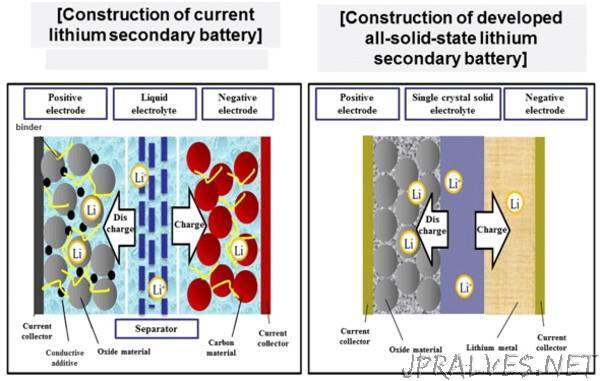
“A space mission to test how objects fall in a vacuum has released its first results, providing an improved foundation for Einstein’s famous theory.
The first results of the ‘Microscope’ satellite mission were announced this week by a group of researchers led by the French space agency CNES and including Imperial scientists. The findings are published in the journal Physical Review Letters.
Launched in April 2016, the mission set out to test the ‘equivalence principle’, the founding assumption of Einstein’s theory of general relativity. The theory poses that gravity is not a ‘pulling’ force, but is the result of large bodies, like the Earth, bending spacetime.
As a result, when two objects are dropped in a vacuum under the same force of gravity, they fall at the same rate, no matter what their difference in weight or composition. This principle was demonstrated by Apollo 15 astronaut David Scott, who dropped a hammer and a feather on the Moon and showed them both reaching the ground at the same time.
However, dropping household objects on the lunar surface does not allow very precise measurements – it could be that they reach the ground fractions of a second apart. This is important for scientists to know, because if the equivalence principle does not hold absolutely, then it could provide clues to a unifying theory of physics.
Finding a single theory
The theory of general relativity, and the conclusions it draws about gravity, have been shown to be true wherever tested. However, the theory is fundamentally incompatible with another well-tested theory: quantum mechanics, which describes the physics of the extremely small.
The major goal for 21st Century physics is a single theory that ties them all together neatly. Certain candidate theories predict that the equivalence principle may be violated at very weak levels.
The new results have measured the equivalence principle with ten times the precision of any previous experiment, and show that objects in a vacuum fall with the same acceleration.
Professor Timothy Sumner, from the Department of Physics at Imperial was involved in the early discussions for the project thirty years ago, which led to the current mission. He more recently joined the Science Working Team. Commenting on the latest results, he said: “The equivalence principle has proven unshakeable yet again.
“This result is the first new measurement for several years and demonstrates the possibility of taking such difficult ‘laboratory’ experiments into the quiet and interference-free space environment. There will more results from this impressive experiment.”
1,900 orbits of the Earth
To test the principle, the Microscope satellite contains a series of ‘test masses’: blocks of metals of different weights with very precisely measured properties. These masses are isolated from any other influence and are monitored as they freefall in space while orbiting the Earth.
This means their acceleration due to the freefall can be measured and compared to test the equivalence principle. If two test masses of equal size but different composition are accelerated differently during the freefall, then the equivalence principle is violated.
The science phase of the mission began in December 2016 and has already collected data from 1,900 orbits of the Earth. This means that altogether the objects have been freefalling in space for the equivalent of 85 million kilometres, or half the Earth-Sun distance.
The mission’s principal investigator, Pierre Touboul from France’s national aerospace research centre, ONERA, said: “The satellite’s performance is far exceeding expectations. Data from more than 1,900 additional orbits are already available and more are to come.
“This first result is going to shake the world of physics and will certainly lead to a revision of alternative theories to general relativity.”
The Microscope experiment is continuing to collect data, and the team hope that the final analysis will have a precision within a tenth of a trillionth of a percent.”
